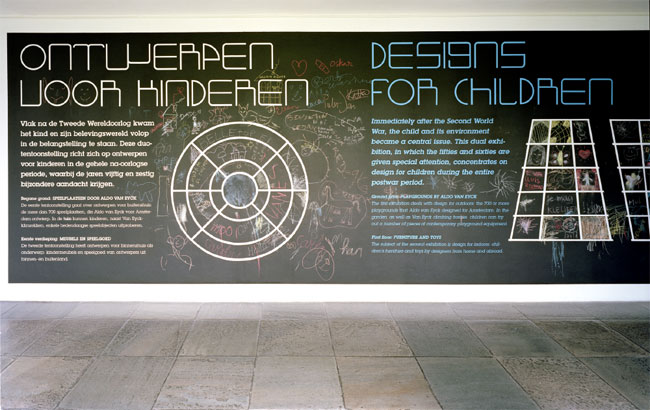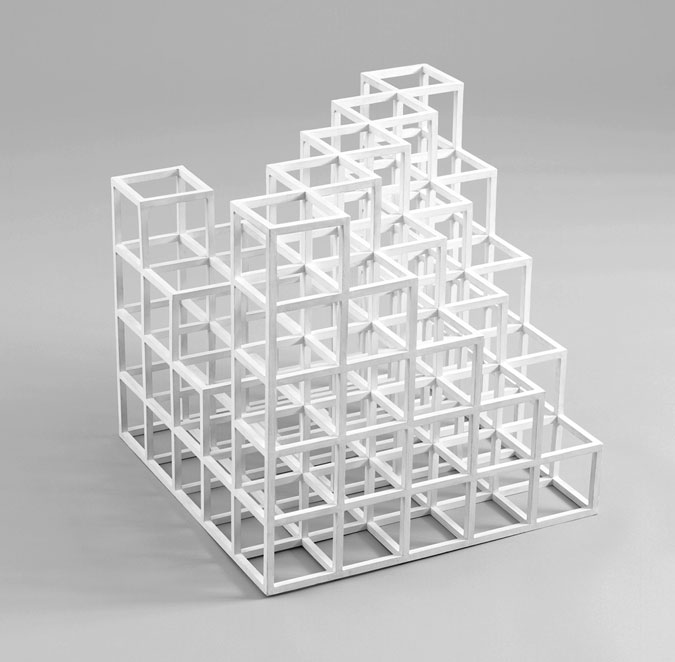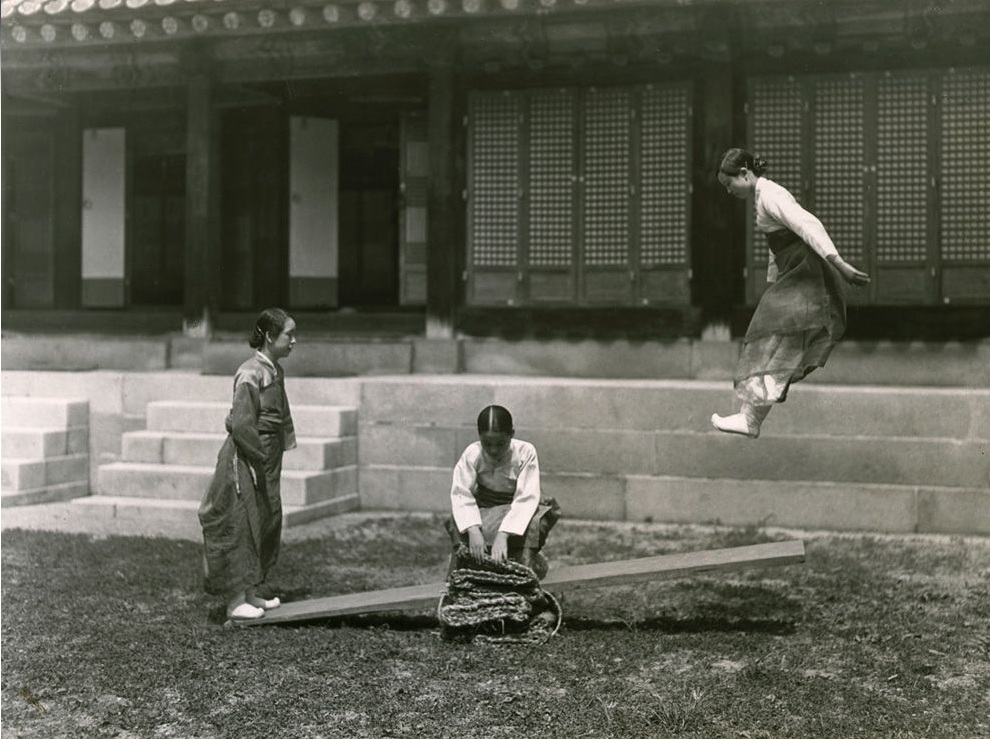I’ve long admired this small-town playground by German landscape architect Stefan Laport for the lessons it holds for small playgrounds (backyards, schools, churches) everywhere. It’s a simple arrangement of elements that can be adapted to a variety of sites, styles, and budgets.
1. Start with a hill! Playgrounds-should-not-be-flat, remember, and when in doubt start with a hill as the organizing feature of any playscape. Make it as big as your site and budget allows; a bigger hill is also great for bikes
and winter sports.
2. Add different ways to go up and down the hill. The Hornbach playground has an enticing set of large and small boulders that allow different routes, and also conveniently serve as benches on the lower part of the hill. A child can also just scramble/bike/sled up and down the grassy sides, or creep up through the shrubberies. Other options could be a stump scramble, or a rope-banister to pull up on hand-over-hand, or a flying fox with which to descend. The slide descent could also be varied according to the size and slope of the hill; this same sort of arrangement would work wonderfully with a wide multi-user slide, for example.
3. Make a feature on top of the hill. To a small child, the hill is a big challenge and there should be something at the top worthy of the climb. The house on the top of the Hornbach hill appropriately references the historic shapes and stoneworks of the monastery town. But you can easily see how it could be replaced by a house with a completely different local reference (like a log house, in certain American contexts), or by a far more contemporary design (an avant-garde playhouse that doesn’t necessarily even look like a house, or a playable sculpture), and could be more or less expensive as budget dictates.
4. Spill sand at the bottom of the hill. The playground started in the sandpit, and sand both honors this history and the fact that sand and loose parts play are still essential on the playground. The sandpit could also have boulders and stumps, or a water feature, or a small balance beam, or any number of other features, and can be larger or smaller as necessary, but should always have loose parts available!
This mini-formula for a playspace can be carried out at less expense and difficulty than a set of standardized equipment, but note that this design by no means excludes them completely; it integrates easily with the addition of things like swings for dynamic motion or a net climber for upper body development, or adventure and natural playground elements like a den-building area or a felled tree. I”d love to see more small schools, day-care centers, and churches use this ‘house on a hill’ playscape as a model, adapting it for their needs and local context, instead of defaulting to a catalogue purchase.
The post The House on a Hill playscape: lessons from the Hornbach Playground, Germany, Stefan Laport appeared first on Playscapes.





















